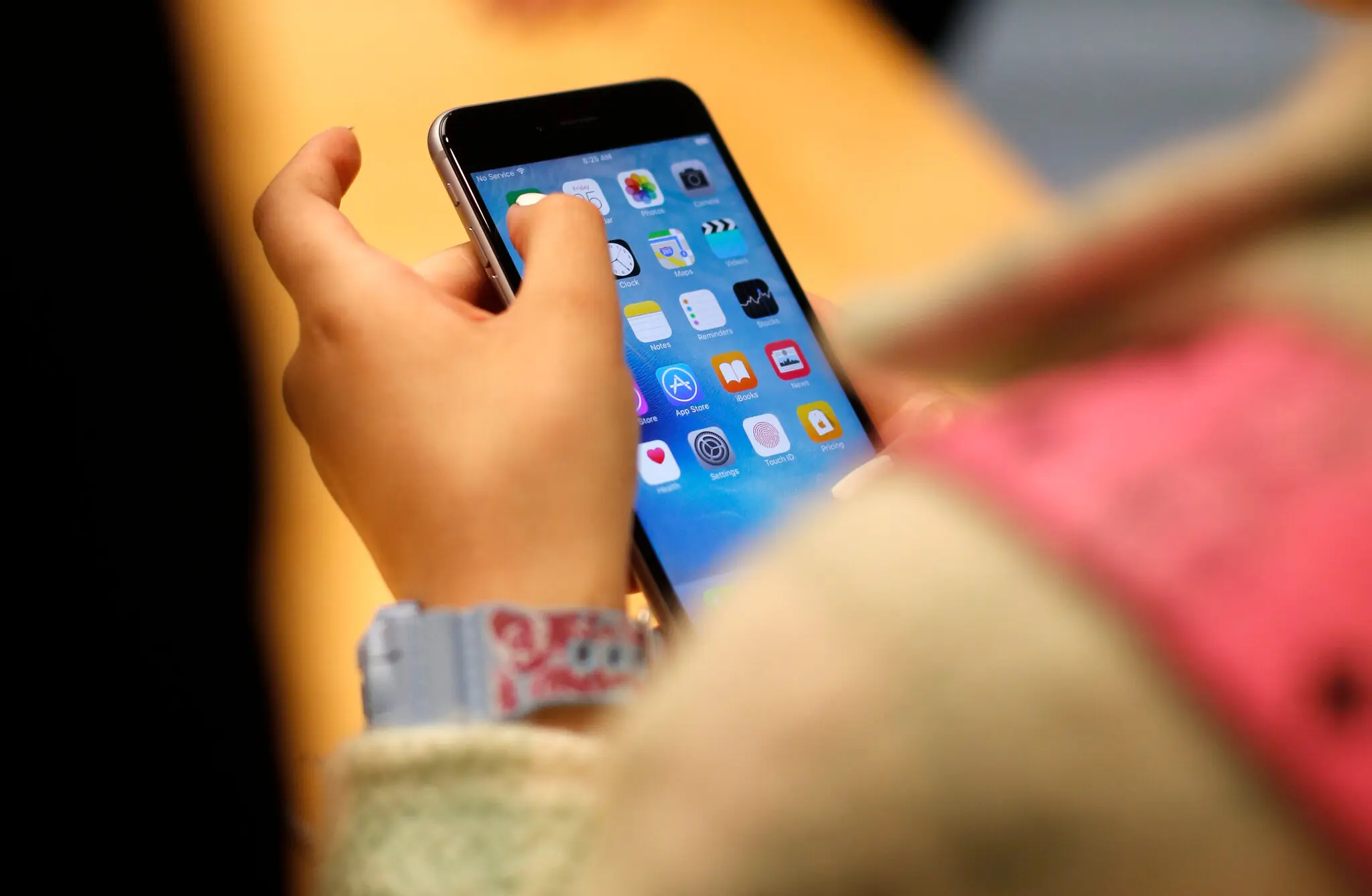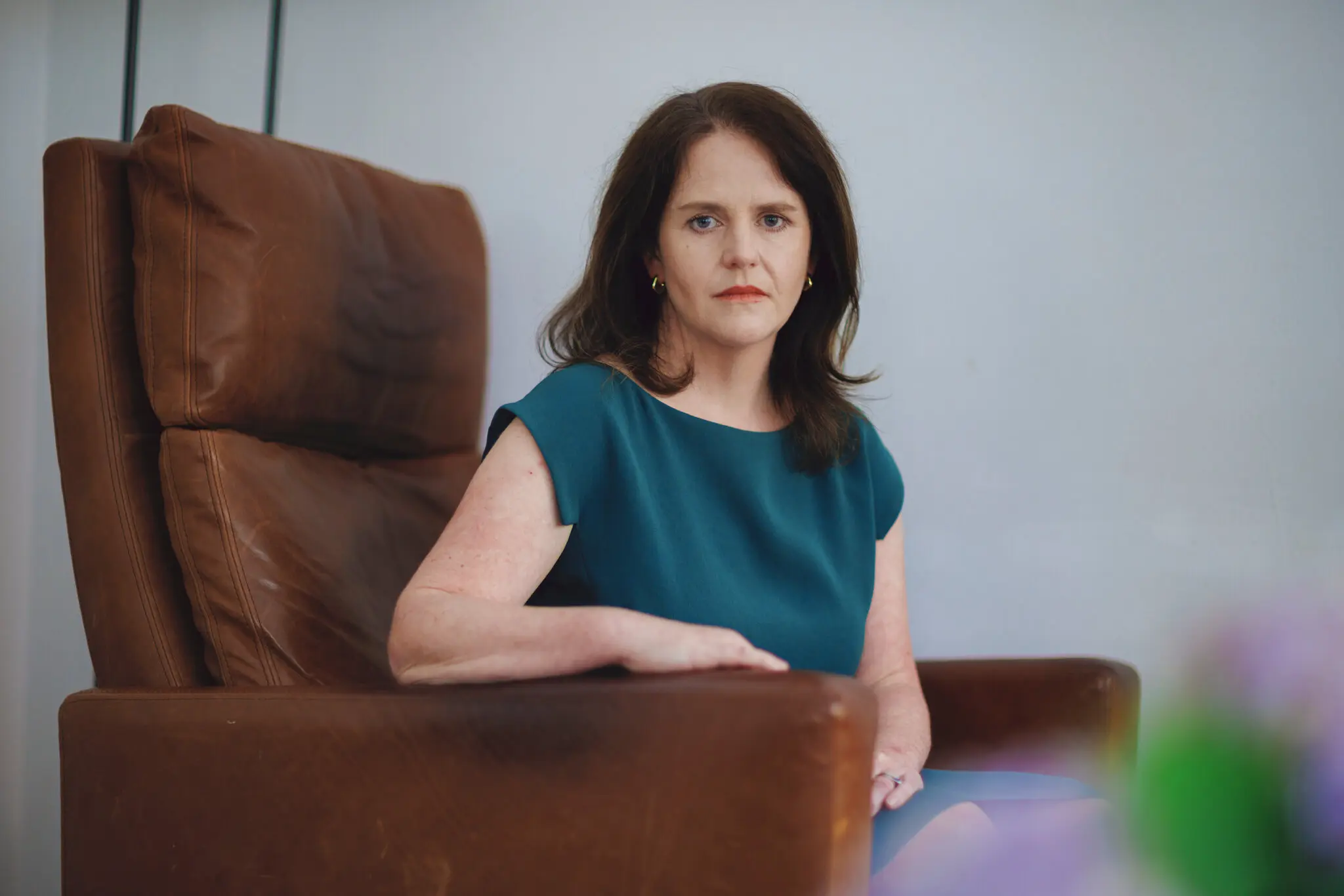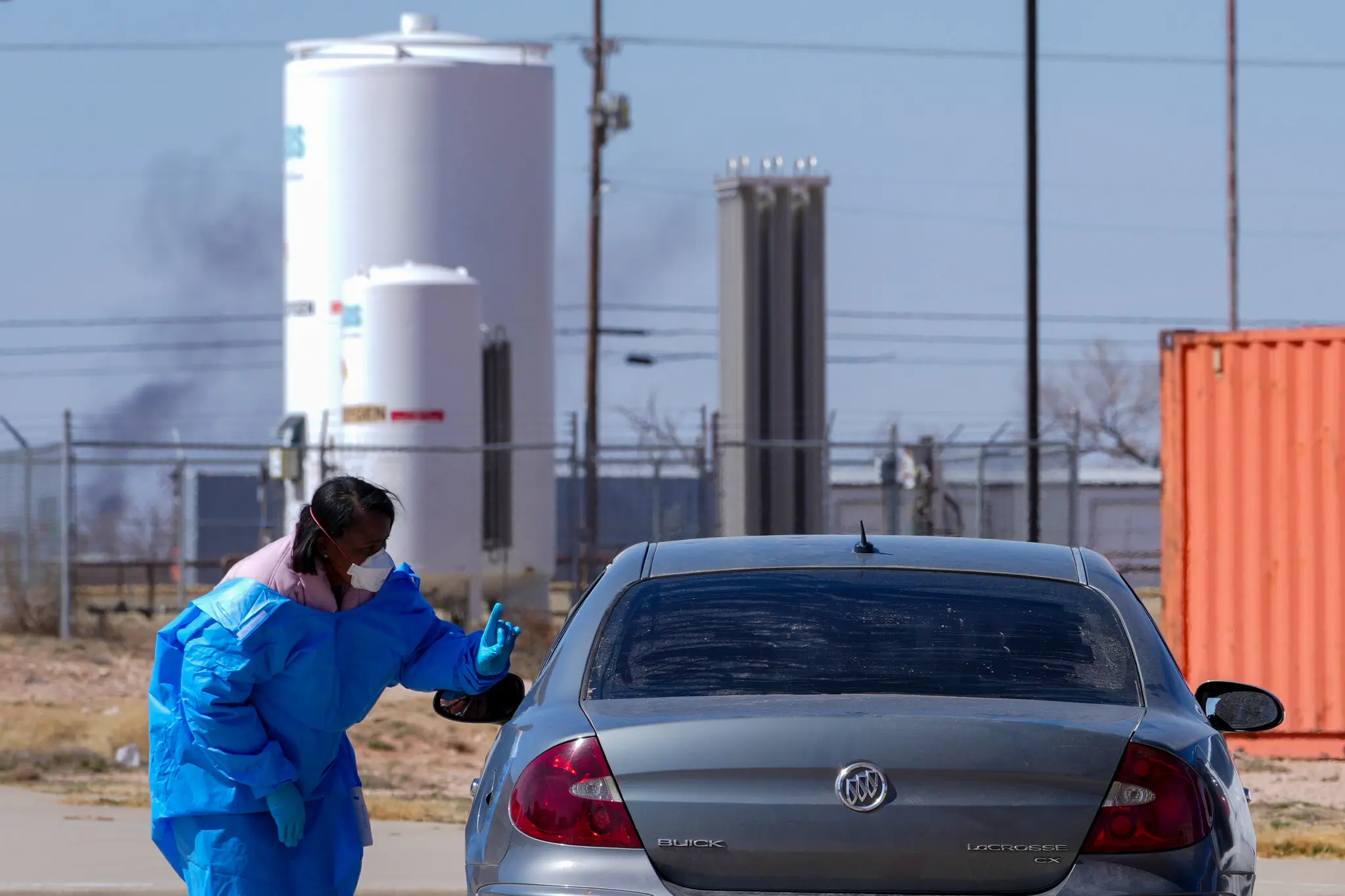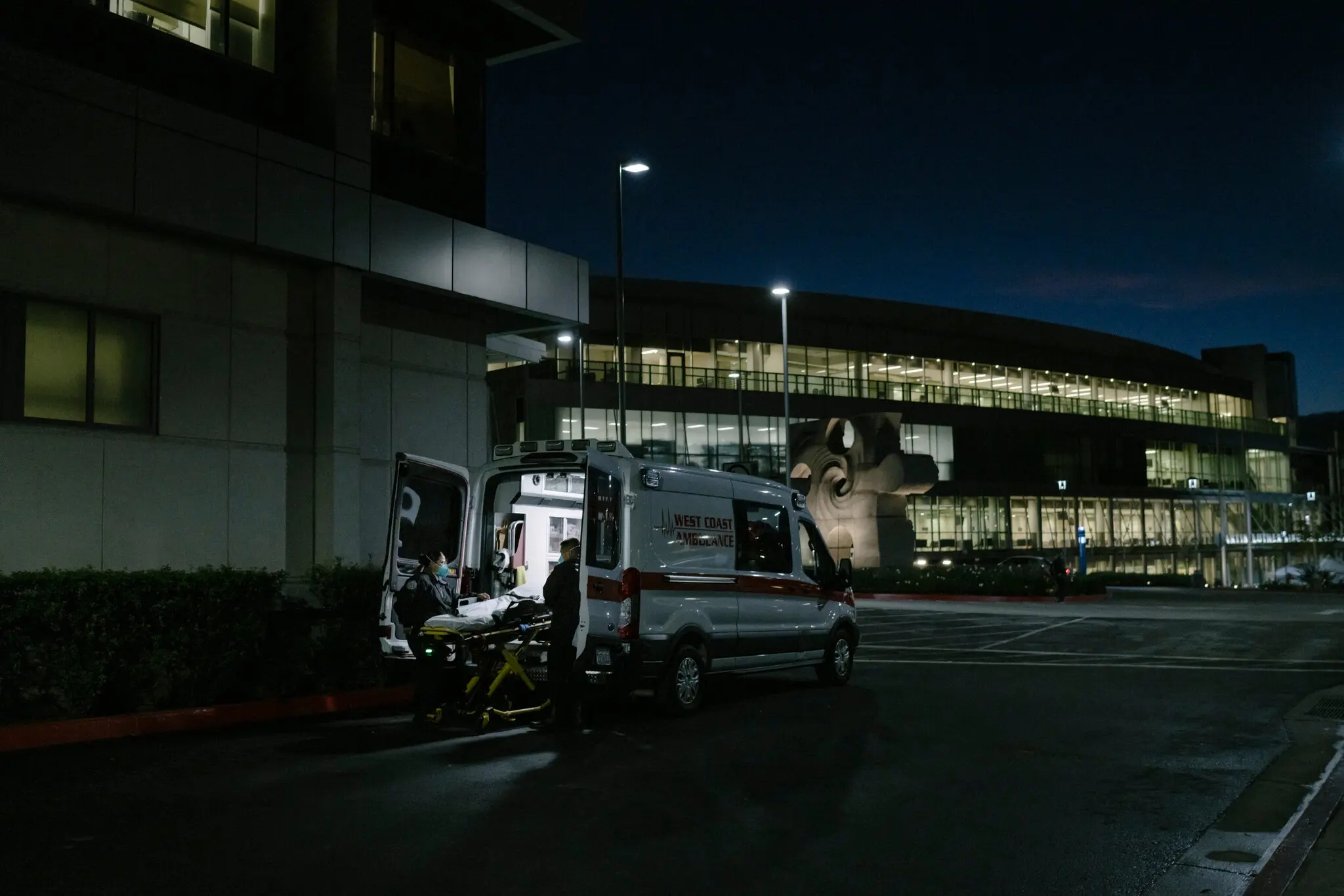Oxygen Access: The Overlooked Lifesaver in Global Covid-19 Response
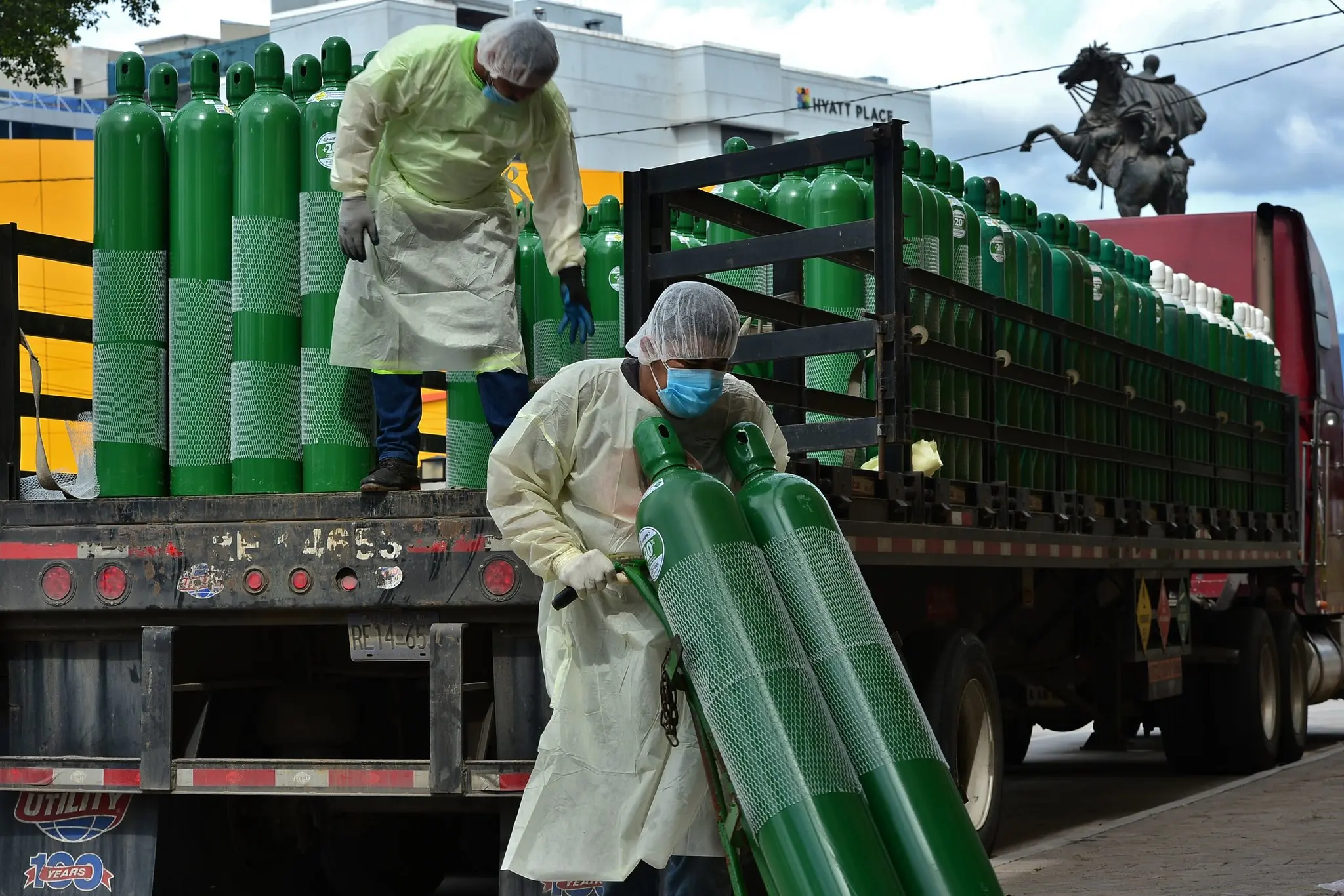
As Covid-19 surges in low- and middle-income countries, a basic yet critical medical need—oxygen—is proving to be the difference between life and death. Advocates and global health experts argue that investing in reliable oxygen access could save millions of lives now and in future pandemics.
As the Covid-19 pandemic continues its global sweep, it is not just vaccines and antiviral pills that determine life and death in poorer nations. In many low- and middle-income countries, one of the simplest, most vital tools in treating critically ill patients is dangerously scarce: medical oxygen. Though widely available in wealthier hospitals, oxygen access in many parts of sub-Saharan Africa, Southeast Asia, and Latin America remains inconsistent, unreliable, or entirely absent. Health experts say that hundreds of thousands of lives could be saved not just through cutting-edge medicine, but by expanding infrastructure for a commodity as basic as clean, pressurized air. ### A Silent Crisis in Global Health Medical oxygen is essential for treating severe Covid-19 cases, especially those with respiratory distress. Yet, in dozens of countries, hospitals report running out of oxygen at the peak of pandemic surges, with tragic consequences. In early 2021, as the Delta variant overwhelmed India, scenes of families desperately trying to procure oxygen cylinders for dying relatives played out across social media. Similar crises hit Uganda, Indonesia, and Peru, where hospitals were forced to triage patients due to depleted oxygen supplies. According to the World Health Organization (WHO), an estimated 500,000 people in low- and middle-income countries needed oxygen therapy daily during the worst months of the pandemic. Yet, nearly half of those lacked reliable access. Dr. John Nkengasong, then-head of the Africa CDC, called it “a humanitarian emergency that cannot be solved by vaccines alone.” ### The Oxygen Gap: A Long-Standing Problem This oxygen shortage is not new. Long before Covid-19, pneumonia—another respiratory illness—was the biggest killer of children under 5 worldwide, and lack of oxygen was a primary cause of preventable deaths. In 2018, a study by PATH and the Clinton Health Access Initiative found that only 1 in 5 healthcare facilities in sub-Saharan Africa had access to pulse oximeters (which measure blood oxygen) and functioning oxygen systems. Covid-19 merely exposed and magnified a gap that had been overlooked for decades. ### Why Oxygen Is So Hard to Deliver Oxygen is not a pill—it requires infrastructure. It can be delivered via compressed cylinders, liquid oxygen tanks, or produced on-site using concentrators and plants. Each method has logistical challenges, especially in rural or conflict-affected areas. Cylinders are heavy, expensive to transport, and prone to leakage. Concentrators require steady electricity and maintenance. And large plants need millions in investment and highly trained personnel. In countries with weak health systems, inconsistent power, and supply chain issues, these barriers create deadly delays. ### Innovative Solutions Are Emerging Faced with this challenge, nonprofits, tech firms, and local health ministries are rolling out scalable, low-cost solutions. Organizations like Assist International and Build Health International are working with hospitals to install solar-powered oxygen concentrators. The Clinton Health Access Initiative is coordinating with ministries to map oxygen demand and deploy locally managed supply chains. Meanwhile, new portable, battery-operated concentrators are being piloted in clinics off the electrical grid. In Nigeria, the private firm Oxygen Hub has developed a refill-and-delivery model using motorbikes to reach rural hospitals. Even major global players are now paying attention. The World Bank and the Global Fund have pledged over $200 million to improve oxygen infrastructure through 2025. ### Oxygen as a Global Health Priority At the peak of the pandemic, international aid focused heavily on vaccine donations and cold-chain storage—both important but limited by uptake, hesitancy, and logistical delays. Experts argue that if the same energy had gone into oxygen systems, many deaths might have been prevented. “Oxygen is a treatment, not just a support,” said Dr. Mariângela Simão, a former WHO Assistant Director-General. “It should be at the top of pandemic response planning.” Global health advocates are now pushing for oxygen to be designated as an “essential medicine” with dedicated procurement pipelines, pricing controls, and delivery monitoring. ### The Lives at Stake Consider Sierra Leone, where during Covid-19 surges, only two hospitals in the entire country had consistent access to oxygen. A recent Lancet study found that oxygen shortages contributed to 40% of Covid-related deaths in sub-Saharan Africa between 2020 and 2022. Or take the case of Bangladesh, where the installation of a new oxygen plant in Dhaka’s main hospital cut Covid-19 mortality by 30% during the 2021 wave. “We had the doctors. We had the beds,” said Dr. Nusrat Hossain, an ICU physician. “But until we had the oxygen, we couldn’t save anyone.” ### Beyond Covid: A Permanent Lifesaving Legacy The Covid-19 oxygen crisis offers an opportunity to permanently close the gap in respiratory care. Experts say the infrastructure built now can be leveraged for future emergencies—from pneumonia and tuberculosis to maternal hemorrhage and newborn resuscitation. Donors and governments are now considering “oxygen ecosystems” that include training, maintenance, supply chains, and data tools to track usage. In Kenya, a new public-private partnership has begun establishing regional oxygen hubs connected to district hospitals via real-time tracking. In Ethiopia, USAID is funding training programs for biomedical technicians to service concentrators. These initiatives signal a shift from short-term charity to sustainable systems. ### A Human Rights Issue Access to oxygen, some experts argue, is not just a medical necessity—it’s a moral imperative. “If a child in New York can get oxygen within minutes of an asthma attack, why should a child in rural Chad die for lack of the same?” asks Dr. Claudia Godfrey, a pediatrician with Partners In Health. She notes that many global health systems still treat oxygen as an ancillary supply rather than a core necessity. “We wouldn’t call insulin a luxury. Oxygen shouldn’t be either.” ### Conclusion: A Simple Tool, a Profound Impact In the race to control Covid-19, the world focused on high-tech interventions. But in the most vulnerable places, survival often comes down to something as simple as a steady flow of oxygen. Investing in oxygen access is not just pandemic response—it’s health system strengthening. It saves lives now and builds resilience for whatever comes next. And as the global community reflects on lessons from Covid-19, perhaps none is more powerful than this: sometimes, the simplest tools are the ones that matter most.
